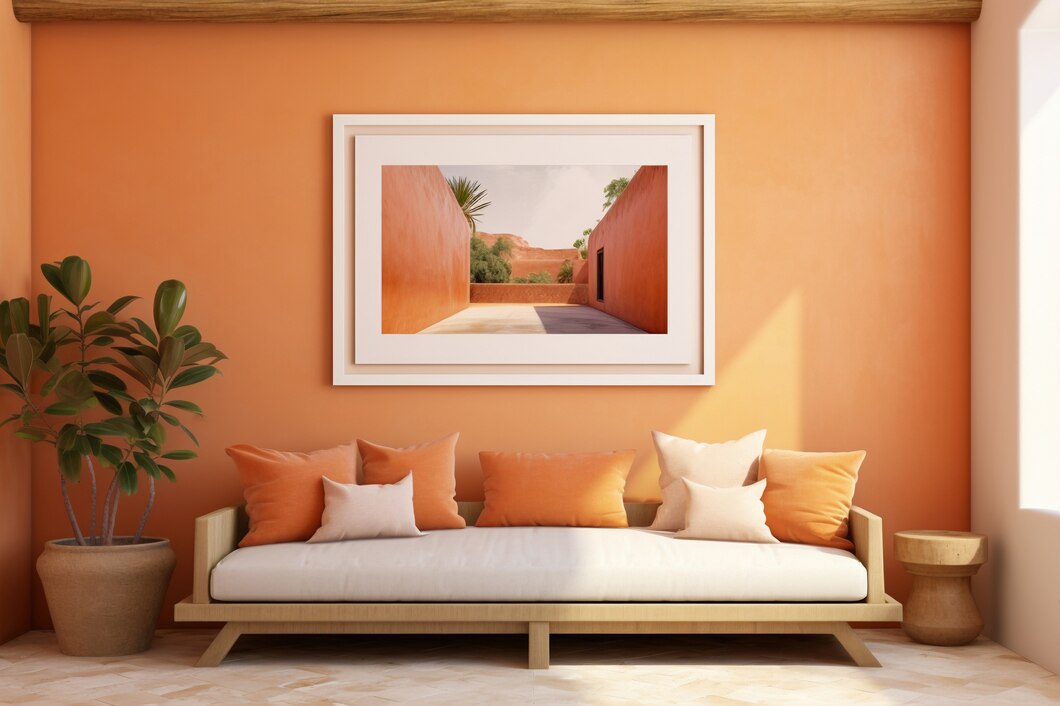In recent years, modern interior design has become synonymous with sleek aesthetics, minimalist principles, and a focus on functionality. This design style embraces simplicity, clean lines, and the thoughtful use of materials to create living spaces that are not only beautiful but also practical. Whether you're redesigning your home or looking for ways to refresh your space, modern interior design offers an approach that blends elegance and usability.
Core Characteristics of Modern Interior Design
One of the defining features of modern interior design is its emphasis on simplicity. In contrast to more ornate design styles, modern interiors focus on creating open, airy spaces with clean lines and minimalistic decor. The goal is to eliminate clutter and create an environment that feels calm and organized. This often means opting for furniture with straightforward, geometric shapes and avoiding excessive decoration or heavy detailing.
The color palette used in modern interior design is typically neutral, with shades of white, gray, black, and beige as the primary hues. These colors provide a calming backdrop that allows other elements of the design to shine. However, accents of bold colors can be introduced through artwork, throw pillows, or a statement piece of furniture. The restrained use of color enhances the modern aesthetic while adding depth and contrast to the space.
Another hallmark of modern interior design is the use of high-quality materials that blend form and function. Natural materials such as wood, stone, and metal are frequently incorporated into the design to bring warmth and texture to the space. Glass is often used to create a sense of openness and light, while concrete and steel can give the space an industrial feel. The careful selection of materials is key to creating a balanced and visually interesting interior.
Creating a Modern Interior with Purpose
When embracing modern interior design, it’s important to focus on creating a functional layout that enhances the way you live. Open floor plans are common in modern homes, as they allow for easy movement and an efficient use of space. By removing unnecessary walls and partitions, the design feels more expansive and connected, allowing for better flow between rooms.
Furniture plays an essential role in modern interior design, where less is often more. Opting for functional, multi-purpose pieces that can adapt to different needs is key. For example, a sofa with storage compartments or a coffee table that doubles as a work surface adds practicality without compromising the sleek look of the space. The furniture is usually low-profile, with a focus on clean lines and minimal ornamentation.
Lighting is also a critical component of modern interior design. Natural light is maximized through large windows, allowing sunlight to flood the room and create a sense of openness. When artificial lighting is needed, recessed lighting, pendant lights, and floor lamps with minimalist designs are commonly used. The right lighting can highlight architectural features or artwork and create a warm, inviting atmosphere.
Conclusion
Modern interior design is more than just a trend—it’s a way of creating spaces that are both beautiful and functional. By focusing on simplicity, neutral color schemes, and high-quality materials, you can transform any room into a stylish, organized, and practical living space. Whether you’re renovating a single room or designing a whole home, incorporating the principles of modern interior design will help you achieve a balanced, contemporary environment that suits your lifestyle.





Comments